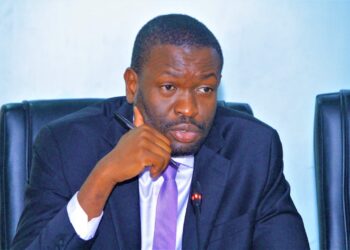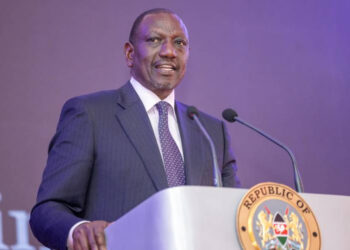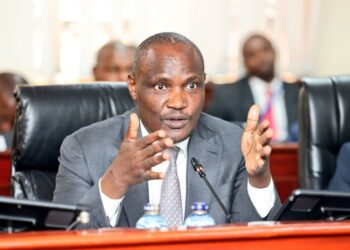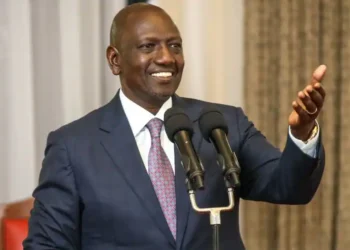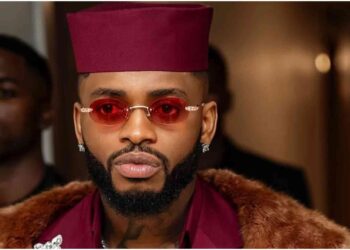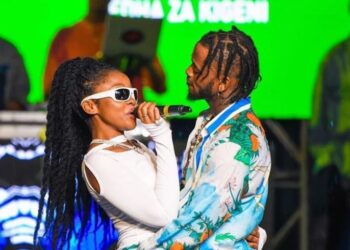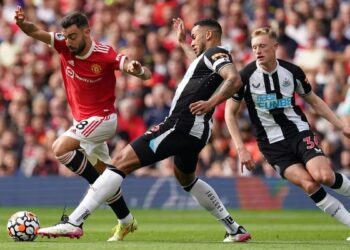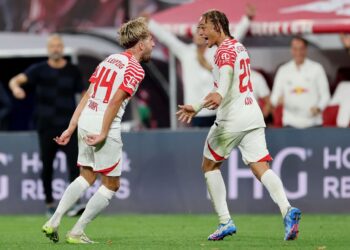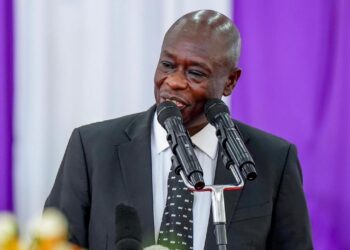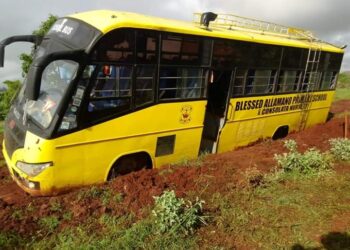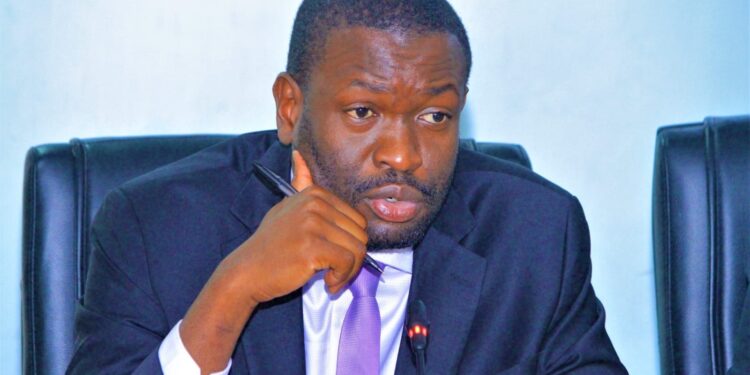ODM divisions after Raila’s death in 2025 exposed raw fault lines in the Orange Democratic Movement, as new party leader Oburu Odinga pushes for the party to pivot toward government formation or coalition by 2027, a strategy that has ignited fierce backlash from hardliners accusing figures like Secretary General Edwin Sifuna of selling out the opposition soul to President William Ruto’s camp.
The fissures cracked wide just weeks after Raila Odinga’s shocking October 15 passing from cardiac arrest during a routine medical check, leaving a void that feels like a chasm in Nyanza’s political heartland.
Oburu, Raila’s elder brother and the party’s interim helm at 82, laid out his vision during a low-key strategy session in Bondo last Friday, attended by elders and MPs from Kisumu to Mombasa.
“We can’t afford wilderness forever,” he urged, his voice gravelly over shared ugali plates, according to minutes leaked to local dailies.
“By 2027, ODM must be at the table shaping policy, not shouting from the sidelines. Raila built bridges; we cross them.”
It’s a pragmatic play, eyeing cabinet slots or deputy presidency to leverage the party’s 20 per cent national pull, especially in a fragmented opposition landscape post-Azimio.
But the blueprint backfired spectacularly. Vocal influencer and ODM firebrand Robert Alai, whose Kileleshwa keyboard has long needled the elite, unleashed a blistering social media tirade, tagging Sifuna and deputy party leader Abulswamad Nassir.
“Sifuna and his clique are whispering sweet nothings to Ruto while Raila’s grave is fresh,” Alai fumed, attaching screenshots of alleged backchannel texts hinting at “handshake 2.0” meets.
“This isn’t strategy; it’s surrender. ODM was born in the streets against Moi’s boot, not to polish Ruto’s shoes.”
Sifuna, the Nairobi lawyer turned party mouthpiece, fired back Monday via a live Instagram from his City Hall office, calling Alai a “keyboard cowboy chasing clicks over cohesion”.
“We’re evolving, not betraying. Raila himself dialogued with Uhuru; why not Ruto for the people’s gain?” Supporters rally around Oburu’s realpolitik, seeing it as a masterstroke in a Kenya where opposition benches yield little but noise.
The party’s base, from Luo fishers in Siaya to youth hustlers in Kibera, simmers with scepticism, fearing a repeat of 2018’s coalition that diluted the edge.
“Raila fought for the voiceless; don’t auction his legacy for seats,” Ruth Odinga implored.
As November brings All Souls’ Day reflections, ODM’s Nairobi secretariat buzzes with emergency huddles, with Oburu shuttling between Bondo vigils and State House teas.
ODM divisions after Raila’s death in 2025 aren’t mere squabbles; they’re a seismic shift in a party that once toppled kings. Will Oburu’s bridge lead to power or perdition?
